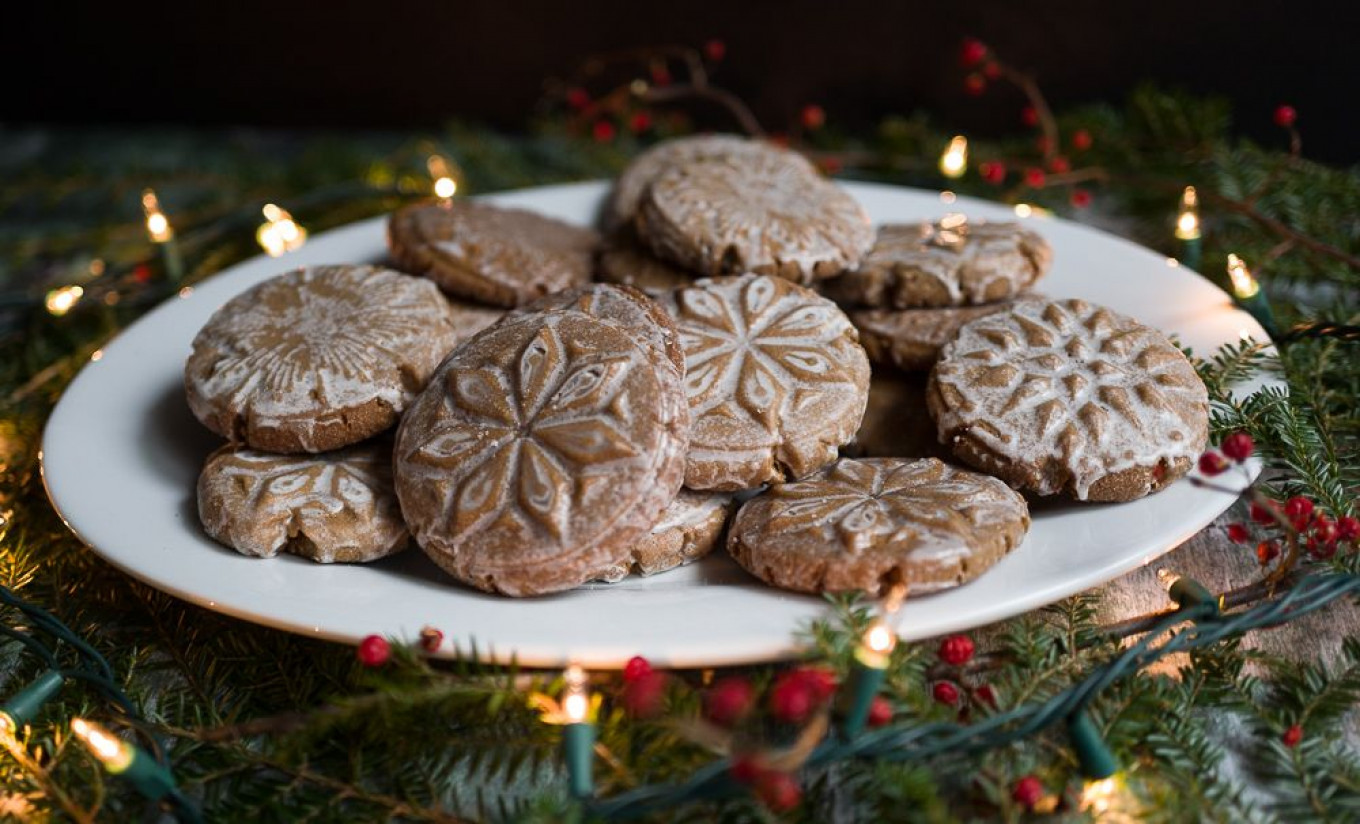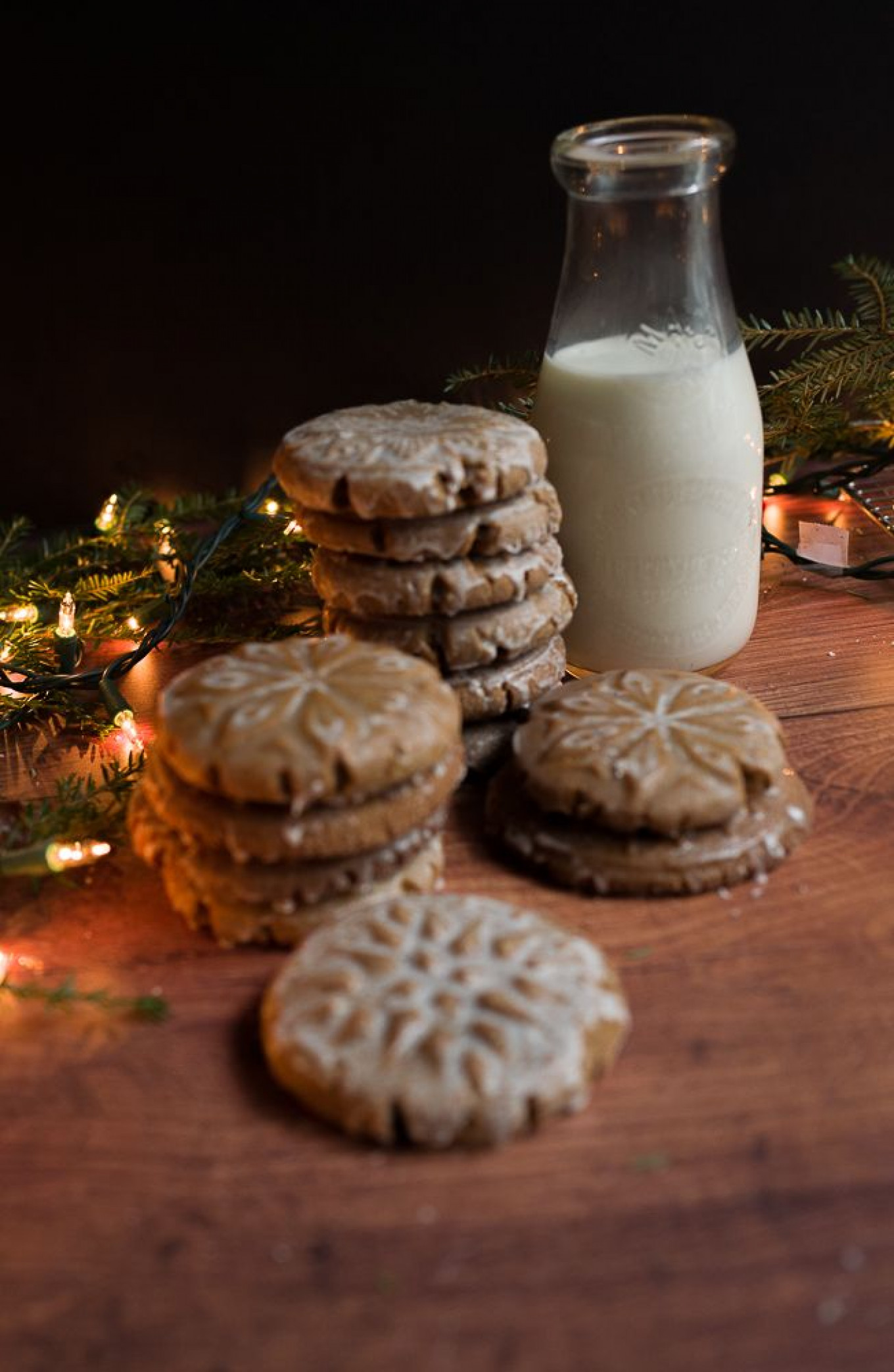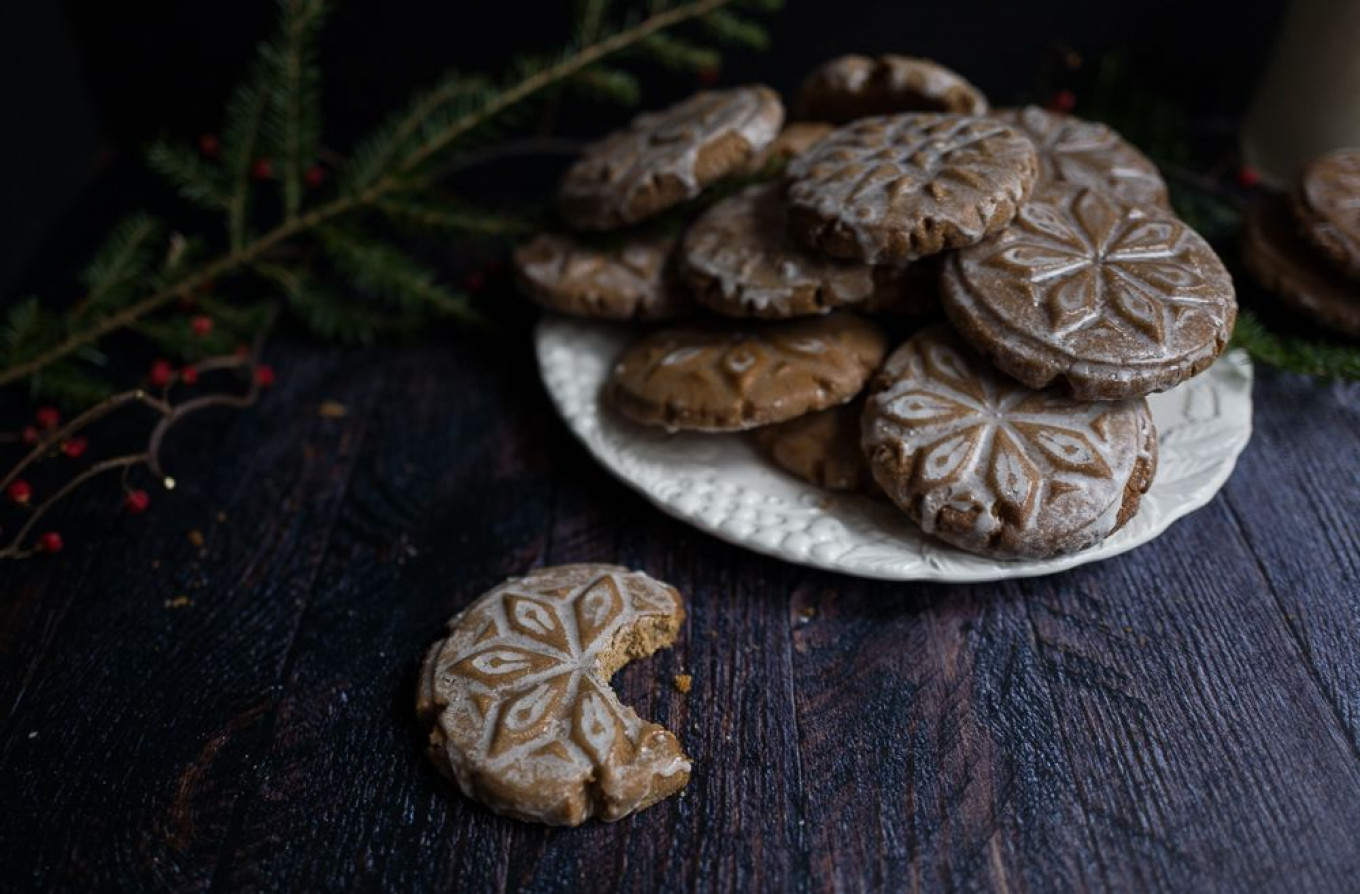Ready or not, here come the holidays! Hanukkah has begun, bringing with it a most welcome celebration of light, faith, and hope (and latkes), and Western Christmas, New Year and Orthodox Christmas are not far behind. This year the celebrations have a more muted quality; it’s hard to go wassailing all over the town with social distancing and masking mandates in place. But there are holiday non-negotiables that no pandemic can vanquish, and for me, these are holiday cookies, candles, and music.
The Glorious Sounds of Christmas
The only music guaranteed to get me in a holiday mood is Tchaikovsky’s “The Nutcracker.” From the sturdy downbeat of the guests dancing at the Stahlbaum house on Christmas Eve, to the exotic rhythms of the mechanical dolls, the stately Flower Waltz, and the delicate tinkling of the celesta which heralds the Sugar Plum Fairy, “The Nutcracker” will put anyone firmly in holiday mood even after the most horrible of anni horribiles.
Although the premiere of “The Nutcracker” in St. Petersburg in December 1892 met with lukewarm reviews — Tsar Alexander III famously condescended to say, “very nice, Tchaikovsky,” — it has become one of the more popular ballets of all time. In the United States, emigre choreographer George Balanchine — born Georgi Melitonovich Balanchivadze in St. Petersburg, Russia in 1904, and trained at the Imperial Ballet School — created his own version in 1954 for The New York City Ballet, which remains the best-known interpretation in North America.
Balanchine said that his interpretation of The Land of Sweets was inspired by his boyhood obsession with the colorful windows of Yeliseyevsky’s Gourmet Shop on Nevsky Prospekt, heaped with all the delicacies that find their way into “The Nutcracker” solo roles: chocolate, coffee, marzipan, candy canes, and, of course, the ever-popular, oversized, Mother Ginger, from whose skirts roll out the Polichinelles.

“The Nutcracker” brings together all the traditions of pre-Revolutionary Russian Christmas traditions, which harken back to the pagan midwinter celebrations of Kolyada. The Nutcracker Prince’s battle with the mice represents the triumph of light over darkness; the delicious inhabitants of the Kingdom of the Sweets represent the sweetmeats and festive sugary treats; the bright costumes and masks remind us of the tradition of mumming; and the dichotomy of two separate worlds is a strong nod to the pagan belief that the veil between our world and that of our deceased ancestors becomes particularly porous at this, the darkest time of the year.
Russian Pryaniki
Putting on the soundtrack of “The Nutcracker” for the first time always makes me itch to sift the dry ingredients and dust off my holiday cookie cutters and stamps. If I were the Cookie Tsarina, I would issue a worldwide proclamation mandating that every single holiday cookie must be ginger-based. For me, this is the dominant flavor of holidays, be it dense gingerbread or impossibly crisp ginger cookies, or Russia’s wonderful chewy pryaniki, with their sweet fruit, honey, or pastille filling, decorated with stamps and coated with sticky sweet icing. These signature sweets are popular all over Russia, where they are often presented at the end of a banquet or wedding party as a signal that it is time for the guests to disperse. The national center for gingerbread in Russia is Tula, which boasts a Gingerbread Museum and erected a monument to the city’s signature sweet in 2014.
As marvelous as they are, Russian pryaniki can be a challenge to replicate in a home kitchen; they require industrial-level oven temperatures of above 300ºC, several rounds of baking, the fiddly exercise of getting the sweet filling inside the pryaniki, and the potentially disastrous business of decorating the top of the pryanik with an intricate stamp. In a wave of naïve enthusiasm several years ago, I resolved to crack the pryanik code — I unearthed several intricate stamps I had purchased in Suzdal and Tula and combed my collection of pre-revolutionary cookery books for recipes. After a few unfortunate (read disastrous) attempts in my kitchen, I reluctantly relegated pryaniki to the list of holiday fare that is better bought than baked.

But an article about Catherine II, who was once presented with a 9 foot, 66-pound pryanik, rekindled my interest in these Russian sweets. To simplify the process, I turned to sturdy metal Scandinavian cookie stamps, which are central to that region’s Christmas traditions. By trial and error, I MacGyvered a simple, distinctly un-fussy, pryank-like cookie from several gingerbread cookie methods and traditions. Are they real Russian pryaniki? Not, strictly speaking, but they get the job done. After a brief chill in the fridge, you simply roll the pliant dough into balls, which are then “stamped” with metal cookie stamps, popped in the oven, then brushed with a sweet lemony glaze. This is a perfect cookie project to do with the youngest members of your household, who will enjoy the rolling and the stamping.
Best of all — they taste like pryaniki. This hybrid priyank has a suitably robust flavor, achieved by ramping up the spices— after all, the word pryanik comes from “pryany” meaning “peppery.” Pryaniki traditionally contained many spices, not only traditional flavors such as cinnamon, allspice, mace, cloves, and, of course, ginger, but also spices more commonly associated with savory dishes such as cumin, coriander, and oregano. In this version, fresh grated ginger and a bit of freshly ground black pepper give these cookies the desired heat and bite, and the addition of limoncello, while not strictly necesыary, adds a festive kick to the sweetness of the icing.

Don’t let the stamps intimidate you! Buy the best metal ones you can find and freeze them for several hours before you plan to use them — this will keep them from sticking to the cookie dough. If you don’t have stamps: don’t worry. Make the cookies, brush on the glaze, and either decorate them with silver balls or pipe icing on them.
May your days be merry and bright!
Stamped Pryaniki Christmas Cookies with Limoncello Glaze
Ingredients
For the cookies:
- 3 ¾ (885 ml) cups of all-purpose flour
- 1 Tbsp Dutch cocoa
- 1 Tbsp ground ginger
- ½ tsp baking soda
- 1 ½ tsp salt
- 3 tsp cinnamon
- 2 tsp ground cloves
- 1 tsp mace
- 2 tsp cardamom
- ½ tsp fresh ground pepper
- 3 Tbsp fresh ginger, grated on a microplane
- 1 cup (240 ml) sugar
- 1 large egg at room temperature
- ½ cup (125 ml) molasses or dark honey
- 1 cup (240 ml/2 sticks/236 grams) unsweetened butter, softened to room temperature
- 1 cup (240 ml) granulated sugar for rolling
For the icing:
- 1 cup (240 ml) confectioners’ sugar (also known as icing sugar)
- 2 Tbsp (30 ml) melted butter
- 2 Tbsp limoncello or lemon juice
- 1-2 Tbsp warm water, as needed

Instructions
- Put the metal cookie stamps in the freezer for several hours before using.
- Sift together the flour, ground spices, salt, baking soda, and cocoa and set aside.
- In the bowl of a stand mixer or in a bowl with a hand-held mixer, cream together the butter and sugar until the mixture pales in color and is creamy. Add the egg, mix, then scrape down the edges of the bowl. Add the molasses until combined.
- With the mixer on low, add the dry ingredients in several batches until completely combined. Mold the dough into a disc, then wrap tightly in waxed paper or clingfilm and refrigerate for at least 2 hours and up to 7.
- Preheat the oven to 350ºF (180ºC) and adjust the rack to the middle of the oven. Line a baking sheet with parchment paper and prepare a cooling rack over another baking sheet or several layers of wax or parchment paper.
- Prepare the sugar by spreading it in a shallow pie dish. Roll the dough into 1 ½ inch (4 centimeter) balls between your palms, then roll the dough ball in the sugar until completely covered. Place on the prepared baking sheet. Use the heel of your palm to press the cookies down into a flat disc, then use the metal cookie stamp to imprint the design into the cookie until you see a bit of dough at the edge of the stamp.
- Bake the cookies for 15 minutes; note that they will seem too soft at this point but resist the temptation to cook them longer: they will firm up as they cool. Allow the cookies to cool 5 minutes on the sheet, then carefully move them to the prepared cooling rack. Cool for an additional 8-10 minutes.
- While the cookies are cooling, whisk together the confectioner sugar, limoncello or lemon juice, and melted butter and just enough warm water so that the glaze is the consistency of maple syrup. Brush the cookies with the glaze and allow to cool completely before storing in an airtight container.
Recipe adapted from one provided by Nordic Ware, producer of metal cookie stamps.


Leave a Reply